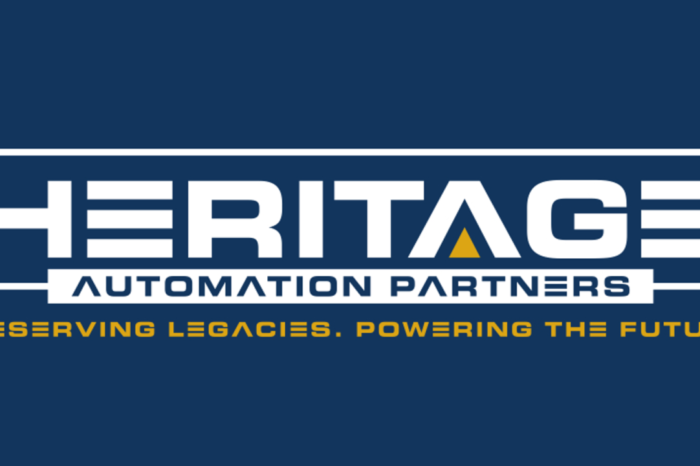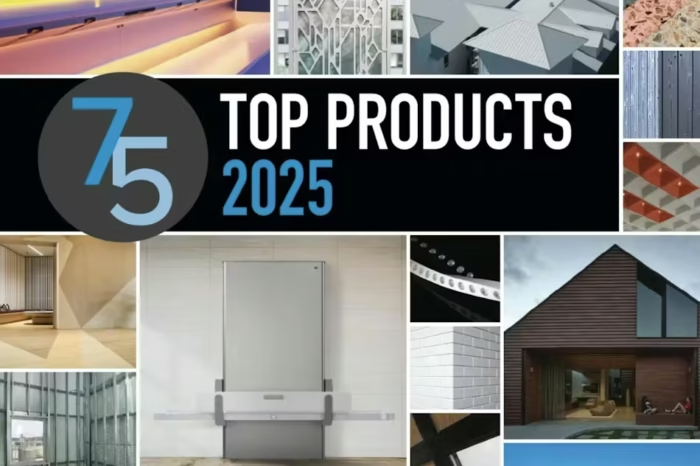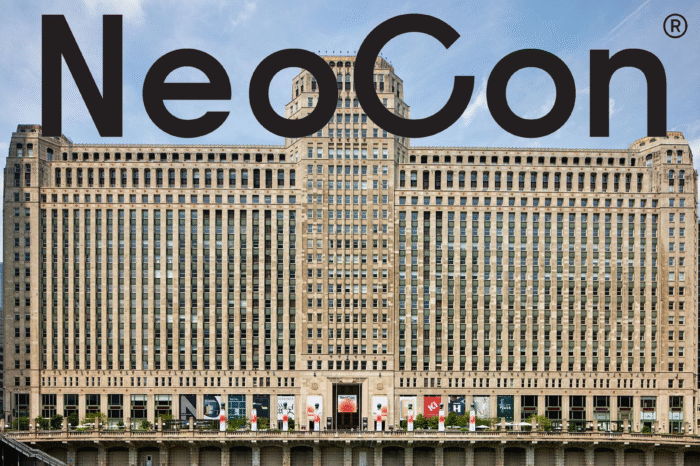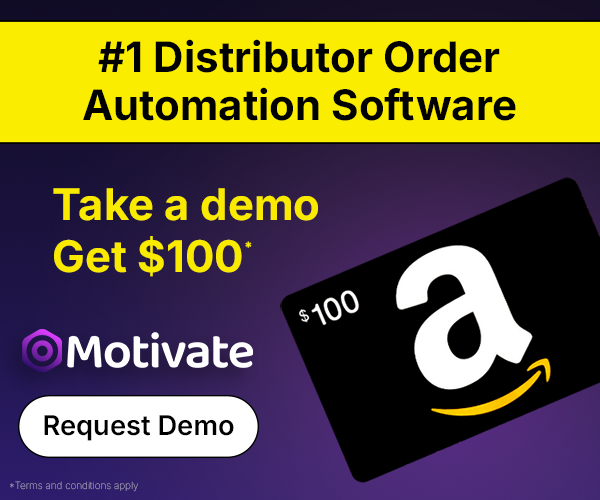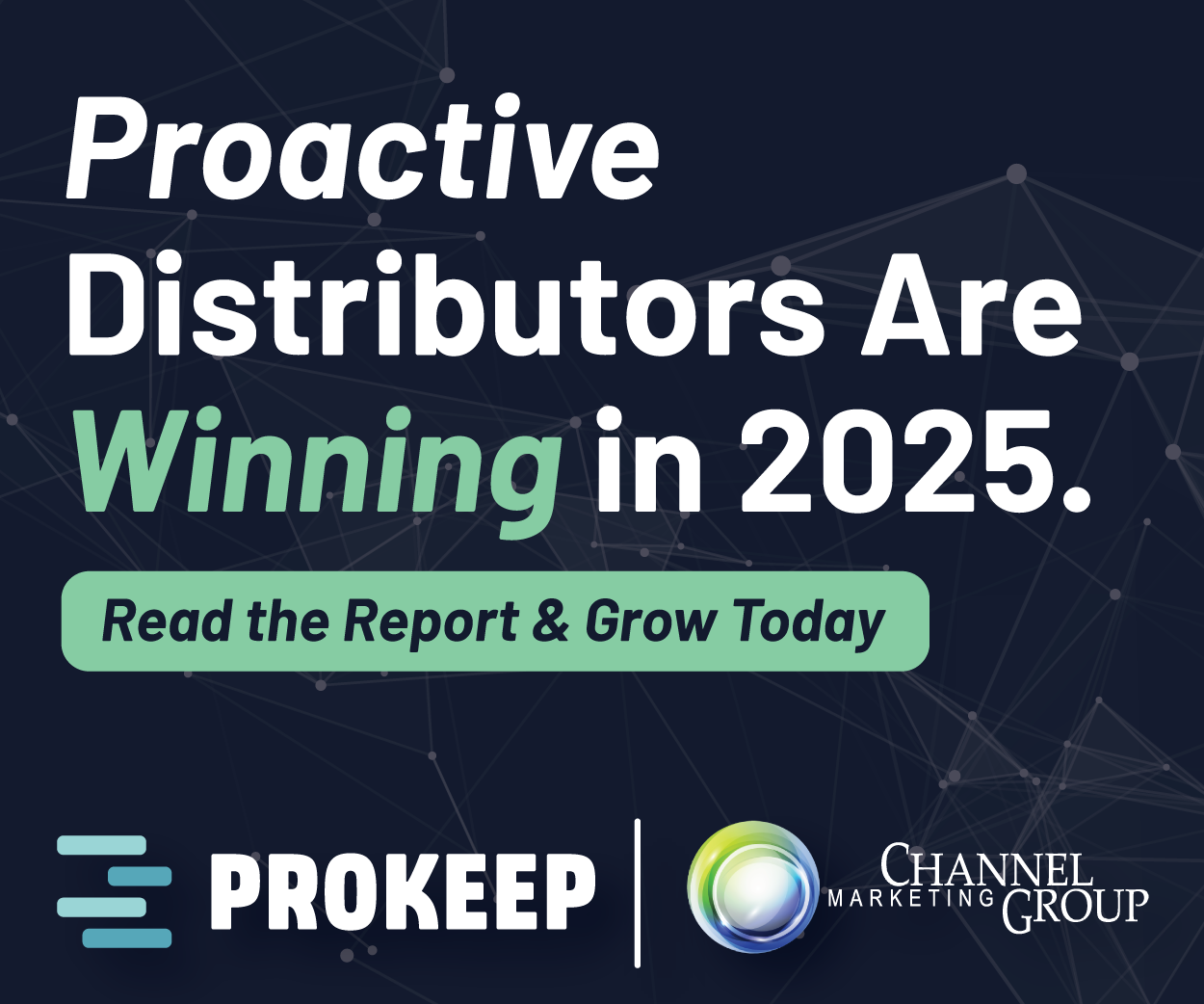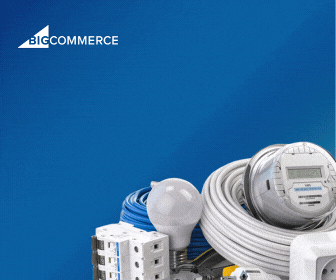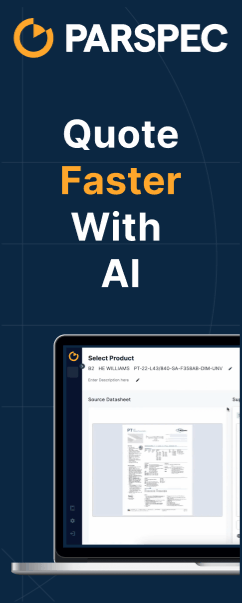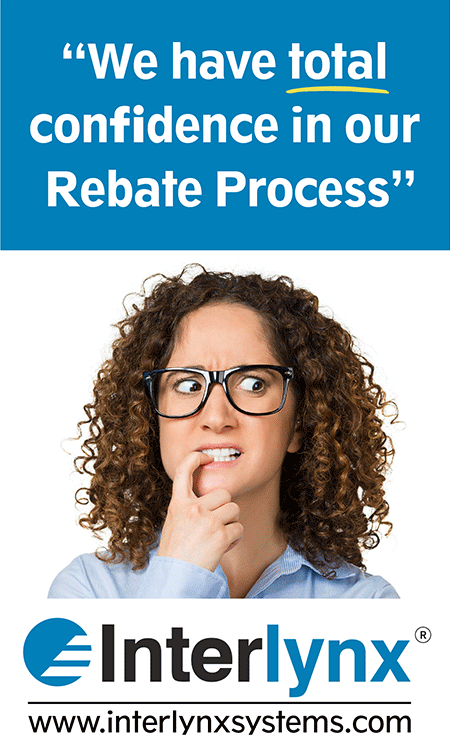LSI Outperforms for Quarter in Lighting
 LSI Industries, headquartered in Cincinnati, Ohio, reported 4Q 2025 and full year 2025 earnings on August 21. As one of the few remaining publicly traded lighting companies that report earnings, LSI is a data point for the lighting industry.
LSI Industries, headquartered in Cincinnati, Ohio, reported 4Q 2025 and full year 2025 earnings on August 21. As one of the few remaining publicly traded lighting companies that report earnings, LSI is a data point for the lighting industry.
Lighting represented 46.9% of the company’s FY Q4 (CY Q3) sales.
LSI Overall – Strong Growth
LSI Industries delivered strong Q4 2025 results, exceeding expectations with 20% growth overall and 22% year-over-year growth across both the Lighting and Display Solutions segments. This record revenue was driven by a combination of organic growth, and contributions from the acquisitions of EMI Industries, which is focused on millwork, metals, and refrigeration products, including checkout counters, food and beverage dispensing fixtures, food-grade stainless steel and aluminum fixtures, and enclosed refrigeration, and Canada’s Best Holdings, which likewise is focused on millwork and metal fixtures serving the Canadian market, including Grocery, C-Store, QSR, banking, and specialty retail segments.
LSI Lighting Segment Insights
Focusing on the Lighting Segment, sales grew 12% in the 4th quarter with revenue of $72.7 million, driven by growth in large lighting projects in key verticals, such as grocery, retail, and refueling/c-store sectors, which started to move forward. However, management noted that market uncertainty remains, resulting in fluctuating demand.
Its lighting brands are LSI Lighting and Atlas Lighting Products, which is more of a “white goods” business.
However, for the full year, sales were down -5% to $248.4 million. Margins expanded, with adjusted gross margin increasing to 36.2% from 33% prior year and adjusted operating profit margin expanded 250 basis points year-over-year, driven by volume, pricing strategies, productivity gains and stable input prices.
The Lighting Segment performance reflects improved project order rates, particularly in larger projects, where market activity slowed the last twelve months with project delays. Additionally, project quotation and order rates remain active, and the backlog exiting fiscal 2025 was up 20% over last year. This suggests strong demand going into LSI’s fiscal 2026.
The Lighting Segment incurred minimal tariff impact in the fourth quarter, as existing inventories were utilized in manufacturing. The tariff impact is expected to increase in the fiscal Q1 2026, as inventory procured during the highest tariff period is consumed in production. However, LSI noted that they source the majority of components domestically and expect tariff impacts to be limited to several component categories and that they will partially offset higher costs with previously implemented price increases and other cost reduction efforts.
LSI remains focused on a vertical market approach, targeting high-value applications for lighting and display, such as quick service restaurants, convenience stores, refueling stores, retail and grocery, and others with their portfolio of solutions. Their solutions now include professional services and program management such as site assessments, permitting, construction management, installation, reporting and data management.
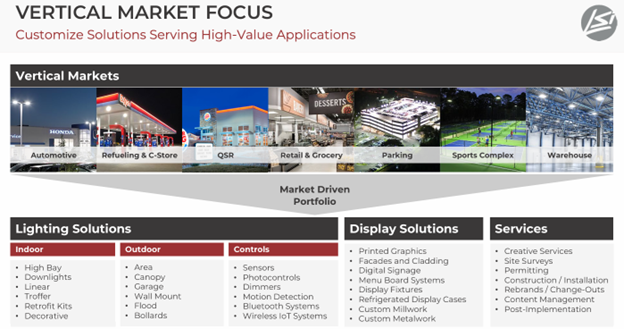
No formal Q126 guidance was given, but management indicated a continued focus on organic growth and strategic M&A. LSI remains committed to its vertical market strategy, focusing on expanding its addressable markets and enhancing operational excellence. LSI introduced their Fast Forward strategic initiative earlier in the month. This plan is targeted at growing revenue $300 million and growing margin at least 50 basis points annually by 2028 through a combination of expanding end markets focusing on services (design, build, installation, aftermarket service for recurring revenue), safety and security, solar, infrastructure and bolt-on horizontal M&A
Stakeholder concerns regarding LSI Industries’ Q4 2025 results center on several key areas, despite the overall strong performance, primarily around lack of formal forward guidance for 2026 or quarters. This leaves some stakeholders uncertain about the pace and trajectory of future growth. Also, the strong lighting rebound in Q4 compared to the annual decline leaves questions that recent growth could be to the sustainability of the rebound if project pipelines soften.
Investors have expressed concerns about potential impacts from tariffs and ongoing supply chain pressures. While Q4 margins improved due to effective management, ongoing cost volatility or tariff escalation could pressure profitability in future quarters.
Finally, free cash flow, although positive, was down from the prior year. Some analysts are monitoring inventory, working capital, and debt trends for possible early warning signs as the company pursues growth and M&A.
Thoughts
- With lighting representing 46.9% of company sales, and a projected $290 million based upon their run rate, what is the company’s intent in the lighting space? If they are interested in M&A, could some of it be in the lighting area?
- With pre-tariff component inventory being exhausted and costs presumably increasing due to tariffs, will the company implement another round of price increases, or will the incremental margin captured from prior price increases be utilized to delay price increases, perhaps waiting to a historically traditional cycle (January)? In a competitive market it is questionable unless they can piggyback on others.
- 2 brands represent $72 million. Which should be the company’s focus?
How does LSI’s lighting businesses – Atlas and LSI Lighting – perform for you?


